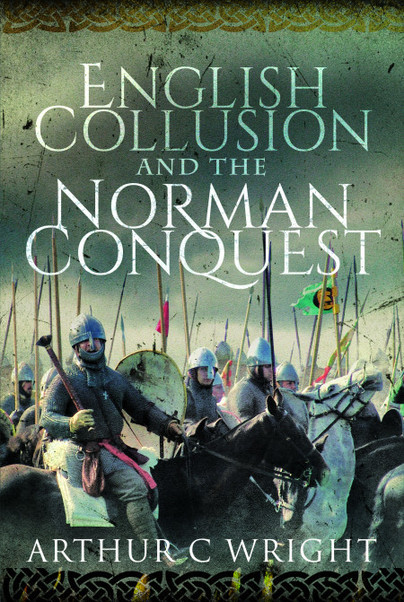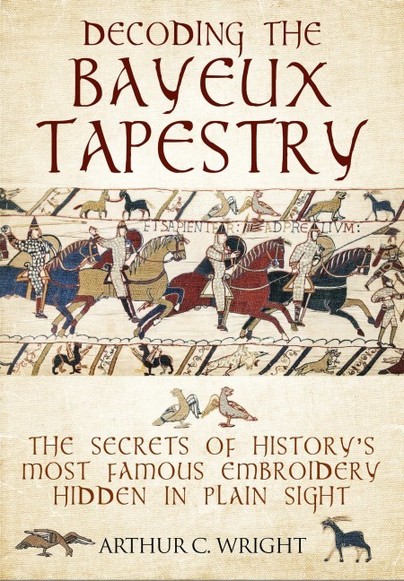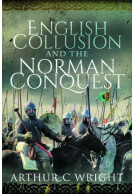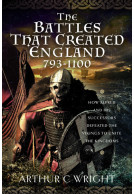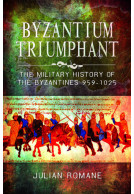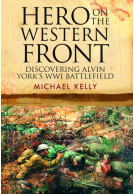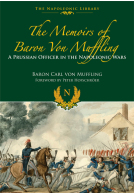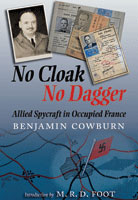English Collusion and the Norman Conquest (Hardback)

Pages: 224
Illustrations: 8 pages of colour plates
ISBN: 9781526773708
Published: 14th September 2020
(click here for international delivery rates)
Need a currency converter? Check XE.com for live rates
| Other formats available | Price |
|---|---|
| English Collusion and the Norman… Paperback Add to Basket | £10.49 |
| English Collusion and the Norman… eBook (34.1 MB) Add to Basket | £6.99 |
The reality of war, in any period, is its totality. Warfare affects everyone in a society. Here, for the first time, is a comprehensive analysis of eleventh century warfare as exposed in the record of the Norman Conquest of England. King William I experienced a lifetime of conflict on and off so many battlefields. In English Collusion and the Norman Conquest, Arthur Wright’s second book on the Norman Conquest, he argues that this monarch has received an undeserved reputation bestowed on him by clerics ignorant alike of warfare, politics, economics and of the secular world, men writing half a century after events reported to them by doubtful sources. How much of this popular legend was actually created by an avaricious Church?
Was he just a lucky, brutal soldier, or was he instead a gifted English King who could meld cultures and talents? This is a tale of blood, deceit, ambition and power politics which pieces together the self-interested distortion of events, brutalising conflict and superb strategic acumen by using and analysing contemporary evidence the like of which is not to be found elsewhere in Europe.
By 1072 King William should have been secure upon the English throne, so what went wrong? How did a Norman Duke and a few thousand mercenaries take and hold such a wealthy and populous Kingdom? Even in the ‘Harrowing of the North’, which probably saw the death of tens of thousands, who was really to blame and why did it happen?
Featured in
Family and Community Historical Research Society Newsletter, Volume 22, November 2021
This book represents an important landmark in scholarship of the period immediately preceding the Norman Conquest of England, as well as the decade following it. The author questions nationalist myths, revealing that the English often colluded with the Normans, as well as working with them within the system. There was as much of this "collusion" as any kind of resistance.
NetGalley, Joanna Arman
For my part, it is a book that has left me some curiosities to deepen (and it is good) even if I did not find it as brilliant as the previous one, always published by Frontline Books, on the decoding of the Bayeux Tapestry.
Omne Ignotum Pro Magnifico
Read the full review here
I think you need to approach this book with an open mind, otherwise you may not enjoy it and at times find it too frustrating to continue. That said it’s not a bad book, it's quite good and brings a new perception on the Norman conquest. It’s definitely worth a read, though I think it’s a bit like marmite, some will enjoy the book whilst others will find it frustrating simply because of the subject matter.
Irregular Magazine | Spring Issue 2021
Arthur C Wright's fresh look at how things panned out before and after the invasion provides new and fresh evidence that should not be overlooked. Brilliant.
Books Monthly
Rating: 5 out of 5 stars
NetGalley, Dawn Lewis
I really enjoyed this book for the simple fact that it has given me another way of thinking about the Norman Conquest. "English Collusion and the Norman Conquest" is well-written and interesting, but it leaves plenty for your imagination - which is something that I hadn't expected, but it worked for me! I would like to read more by this author - particularly on the same subject.
Having seen the 21st century failures in ‘regime change’ I have long wondered how the Normans got away with it after Hastings. This book asks us to consider that they had ‘friends’ – the English. It constructs a very believable hypothesis that the Normans needed English (Anglo-Saxon) cooperation to maintain control of a kingdom that they had acquired by good fortune rather than strategic predestination. At the core of the cooperation was a strong desire to end centuries of invasion, principally by Vikings, and the corresponding drain on manpower and resources, not least the continuous bribes to induce the invaders to go away (until the next time).
Michael McCarthy
It is supported by a rational explanation of the workings of pre conquest English learning and social structure that anticipated its leverage by William to broaden the regime’s tax revenues and thereby to lay the foundations for unqualified loyalty to the king. The keystone of the policy was hereditary rights to property (rather than it returning to the crown on death) which enriched both Norman and Saxon nobility and which offered a clever balance of rights and obligations that were clearly defined. Underpinning it was an understanding that cheating the King had consequences. This is a really fascinating book and recommended.
Michael McCarthy. Battlefield Guide
About Arthur C Wright
Born in North Staffordshire, ARTHUR WRIGHT has spent most of his life in Essex and for thirty years he was a museum curator, ultimately responsible for four museums. A military historian by training, the scope of his professional responsibilities encouraged him to focus on social history. Two of the museum buildings being medieval, he was drawn into this period and then developed a forty-year obsession with the Domesday Book, finding that there was no mathematically demonstrable solution to its cryptic statistics in any published work. Wrestling with the logic and arithmetic he deduced it was possible to decode its contents, eventually publishing his research. He is also a ‘living history’ educator and craftsman with a wide range of manual and traditional skills.
Decoding the Bayeux Tapestry The Secrets of History's Most Famous Embroidery Hidden in Plain Sight (Hardback)
The story of the Norman Conquest and the Battle of Hastings as shown in the Bayeux Tapestry is arguably the most widely-known in the entire panoply of English history, and over the last 200 years there have been hundreds of books portraying the Tapestry and seeking to analyse its meanings. Yet, there is one aspect of the embroidery that has been virtually ignored or dismissed as unimportant by historians – the details in the margins. Yet the fables shown in the margins are not just part of a decorative ribbon, neither are they discontinuous, but in fact follow-on in sequence. When this is understood,…
By Arthur C WrightClick here to buy both titles for £35.00







